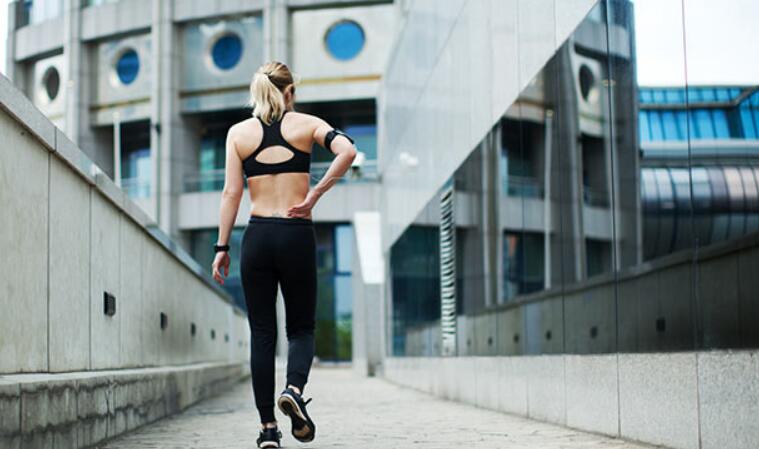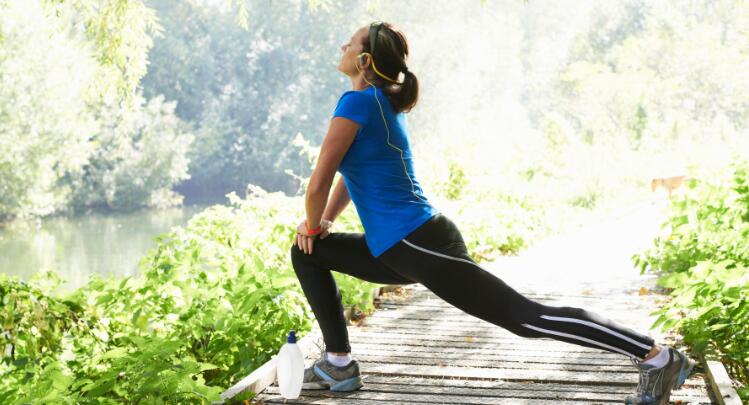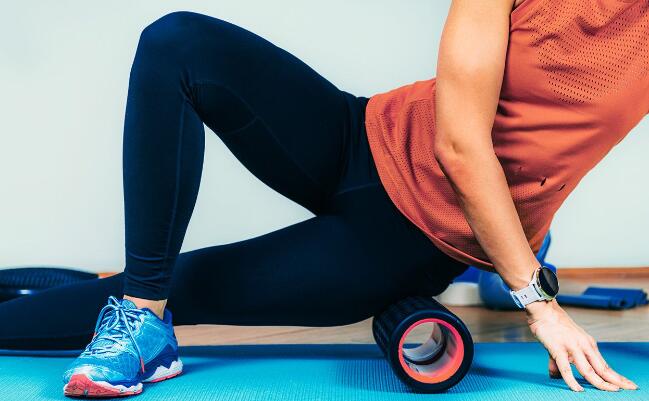If you’re just starting out with yoga, you may be wondering if it’s normal to be sore after your first few classes. So, is it normal to be sore after yoga?
The answer is yes – it is normal to experience some muscle soreness after a yoga class. This is because yoga is a challenging workout, and your muscles are working hard to adjust to the new movements.
Don’t worry though; the soreness will go away with time. In this blog post, we’ll discuss why you may be sore after yoga, and how to reduce muscle pain.
The 4 Reasons You’re Sore After Yoga

There are a few reasons why you may be experiencing muscle pain after yoga.
1. First, as we mentioned, it’s simply because yoga is a challenging workout.
Your muscles are not used to the new movements and positions, so they will be sore.
The good news is that this means you’re doing something right! You’re feeling muscle soreness means working your muscles in new ways, which is exactly what you want to happen if you’re trying to get fit. So don’t be discouraged by a little post-yoga soreness. It’s actually a sign that you’re on the right track.
2. Secondly, you may be holding some of the poses for longer than you’re used to. This can also lead to muscle soreness.
The repetitive nature of yoga can lead to muscle soreness, as your body adapts to the repeated stress of the same movements.
The good news is that there are plenty of ways to prevent or reduce muscle soreness after yoga.
For example, you can try a different yoga class that focus on different poses, or you can mix up your routine by adding in some new poses.
You can also use props such as blocks and straps to modify existing poses and make them more accessible.
And finally, be sure to practice proper form in all of your poses to avoid injury. With a little bit of effort, you can keep your body healthy and improve your yoga practice at the same time.
3. Third, you probably didn’t warm up properly.

That’s right- all those years of not stretching before exercise have finally caught up to you.
Stretching before class can help loosen your muscles and increase your range of motion, making it less likely that you’ll feel pain afterwards.
The next time you go to yoga, make sure to warm up your muscles beforehand. A few minutes of light stretching will help to increase your flexibility and reduce the risk of injury. And who knows- maybe you’ll even enjoy the class a little bit more.
4. Finally, you may be practicing a more vigorous style of yoga than you’re used to.
If you typically do gentle yoga, and then try a power yoga class, your muscles will definitely be sore afterwards!
How to Reduce Muscle Pain After a Yoga Class?
There are a few things you can do to reduce muscle pain after yoga:
1. First, make sure that you’re properly hydrated.
Drink plenty of water before and after class, and throughout the day. This will help your muscles recover more quickly.
2. Secondly, try taking an Epsom salt bath.
The magnesium in Epsom salt can help to reduce muscle pain and inflammation.

3. Third, use a foam roller or tennis ball to massage any particularly sore areas.
This will help to loosen up the muscles and release any knots.
What to Do if You’re Experiencing Too Much Soreness
If you’re experiencing more soreness than is normal, you can do a few things.
1. First, try cutting back on the intensity of your workouts.
If you’re doing a lot of vigorous yoga, try going to a few gentler classes. This will give your body time to adjust and recover.
2. Secondly, ensure that you’re stretching properly before and after class.
Stretching is important for preventing injuries and helping your muscles recover.
3. Finally, if you’re still experiencing a lot of pain, it’s a good idea to see a doctor or physical therapist.
They can help you to identify any underlying issues and develop a plan to address them.
Conclusion
If you’re new to yoga, it’s normal to experience some muscle soreness after your first few classes.
This is because yoga is a challenging workout, and your muscles need time to adjust to the new movements.
However, the soreness will go away with time.
